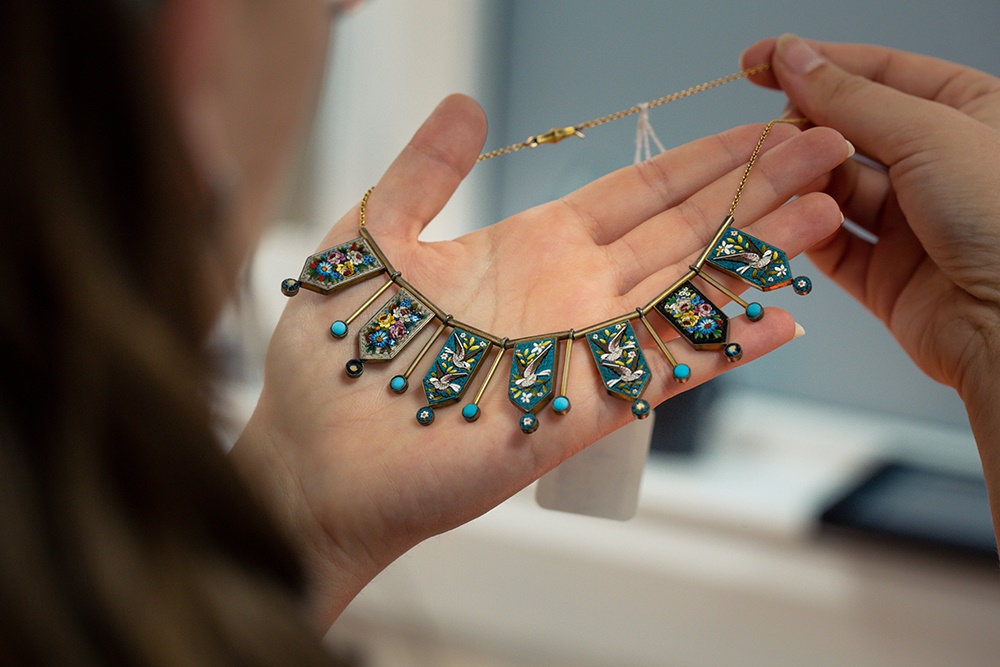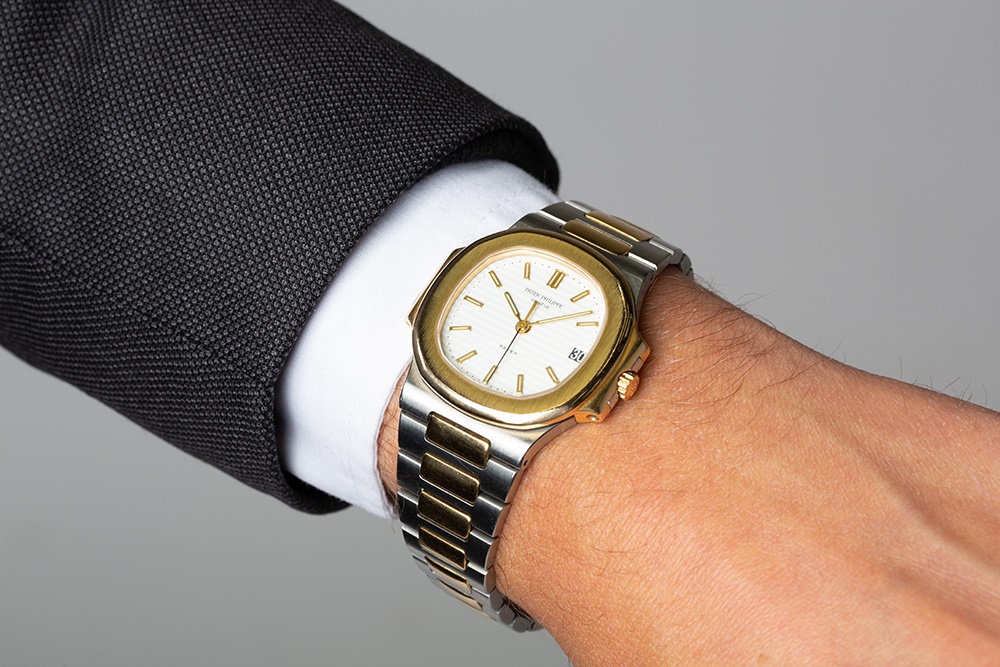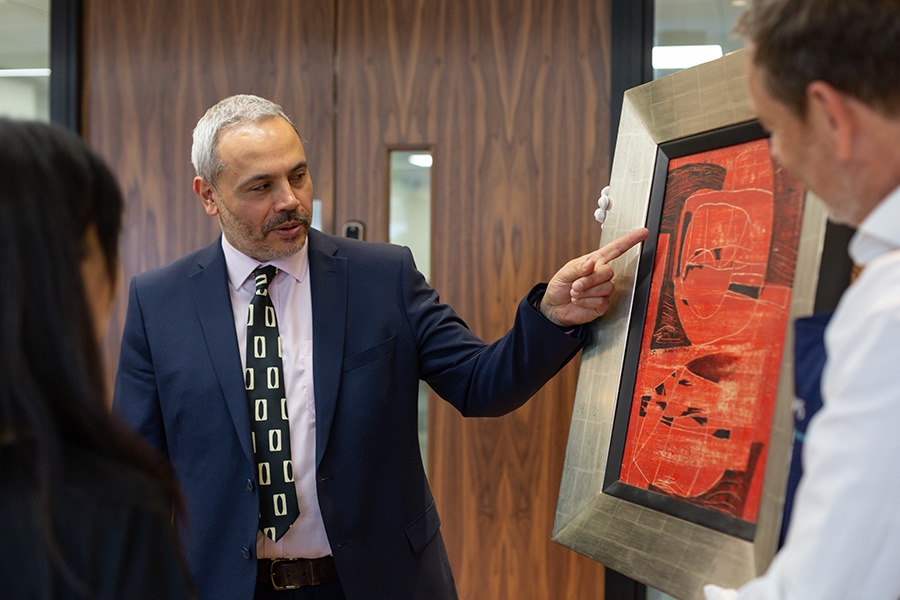Insurance Value vs. Market Value
There is often confusion regarding the distinction between these two types of valuations
08/08/2024
When it comes to selling or insuring our possessions, there is often confusion regarding the distinction between these two types of valuations; many of us assume an insurance valuation represents the worth of our valuables, however this misconception can result in expensive losses and huge disappointment. Therefore, it is important to understand the differentiation between an insurance value and a market value.

Insurance Value
An insurance value represents the monetary amount an insurance company will pay out in the event of loss, theft, or damage of the insured item. This essentially reflects the replacement cost of an item if purchased from a retailer (Manufacturer, Department Store, Jeweller, etc.), in other words, the price of obtaining a like for like item as the one in question, from a similar establishment to the one it was originally purchased from.
Consider a relatively young Rolex Submariner wristwatch, the insurance value will be based on the original purchase price from a retailer, the brand name, specific materials, and their quality, as well as the cost of labour to create a replica, essentially the full retail value.
While this calculation can be relatively straight forward, determining the insurance value for items such as a vintage Rolex watch, a fine or contemporary painting or an antique piece of jewellery can be far more complex. One-of-a-kind artworks and rare valuables may be insured for vast sums, but in the event of a loss they cannot be easily replaced; ultimately the insurance value will factor in the cost of obtaining a similar work by the same artist or maker which can somewhat inflate the spectrum of value.

Market Value
The market value, on the other hand, is the actual price an item would sell for on the open market. This value is determined by current market trends, as well as demand and supply, which represents a fluctuating worth based on what buyers are prepared to pay and what is deemed fair compensation for the seller. While factors such as the materials, artist, maker, rarity, and condition are considered alongside current buying patterns and desirability, this value is predominantly far more conservative than an insurance valuation and can change frequently.
For instance, a diamond ring purchased at retail for £10,000 five years ago, unless rare or antique, will only be worth a fraction of that price if sold back to a retailer. It is possible to make more at a reputable auction house with an international audience (like Dawsons), but it will never be possible to attain the price paid to the retailer originally, unless the diamond ring is rare or antique and in high demand.

We would always advise you contact a professional appraiser (valuer) whenever you require an accurate insurance valuation, or indeed, if you need a current market valuation before selling any art, antiques, jewellery, watches, memorabilia, or decorative arts. Working with an expert valuer will ensure you have an accurate assessment of each of these valuations allowing you to capitalise on any market opportunities whilst setting realistic expectations and avoiding dismay.
Given the fact that values fluctuate regularly (in a changeable market), we highly recommend obtaining regular, up to date insurance and market appraisals for all your valuable fine or contemporary artwork, jewellery, watches, collectables, or decorative arts. The highly skilled team of expert Valuers at Dawsons would be delighted to help.